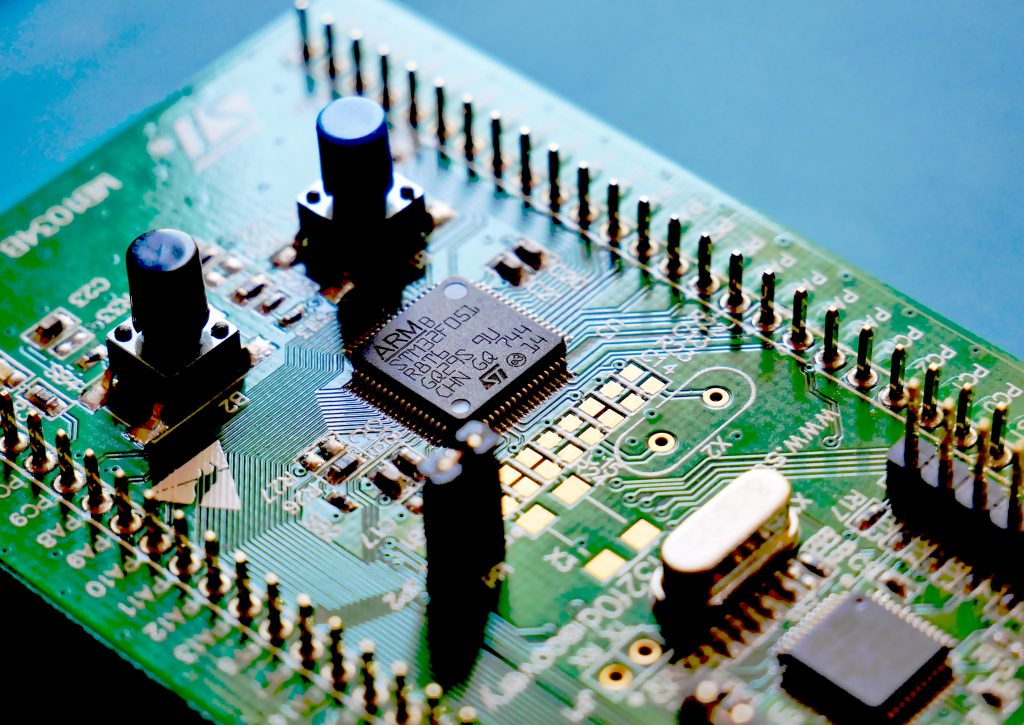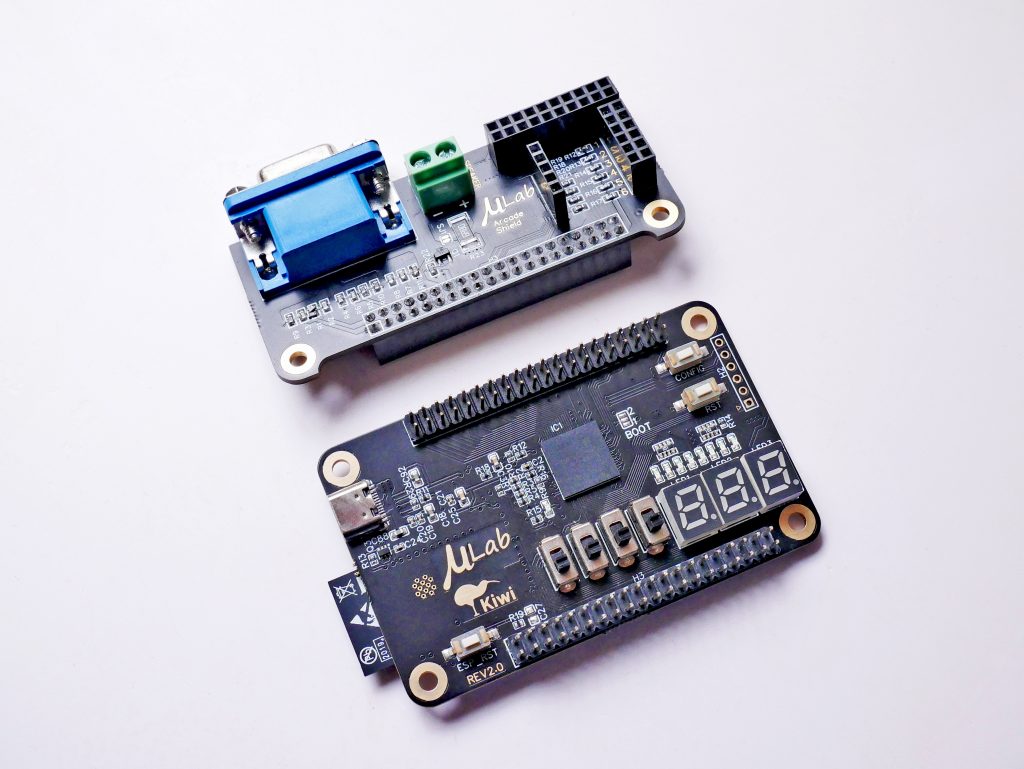In our rapidly advancing technological age, semiconductor chips, often referred to as integrated circuits (ICs), are the unsung heroes powering the devices and systems that shape our lives. These tiny wonders come in a variety of types, each meticulously crafted to serve specific functions and applications. This post will discuss the many types of semiconductor chips that make modern electronics possible.
Microprocessors: Unleashing Computing Power
Microprocessors, often described as the “brains” of computers and electronic devices, are the driving force behind complex calculations and data manipulation. Based on the instructions, microprocessors are responsible for three basic tasks; mathematical operations using an arithmetic/logic unit, transferring data between locations in memory, and switching to a new set of instructions based on the judgments it makes.

Microcontrollers: Empowering Embedded Systems
Embedded systems rely on microcontrollers, which are specialized chips that are designed for both control and automation. The microcontroller’s processor core is in charge of processing commands and controlling the other components of the device. For communication with the outside world, it uses Input/output peripherals- while memory is utilized to store data and computer code. From household appliances to industrial machinery, microcontrollers ensure the precise execution of tasks.
Memory Chips: Storing the Digital World
Memory chips play a pivotal role in data storage and retrieval. They come in various categories:
> RAM (Random Access Memory): The short–term storage on a computer that allows programs a place to store and access data. Instead of being written on the hard drive, RAM enables quick access to and reading of data.
> ROM (Read-Only Memory): The non-volatile memory that serves as the system’s main memory and is used to keep track of the crucial data that is needed to run the system. It is binary-formatted data.
> Flash Memory: A form of non-volatile memory that is used for data storage and transmission. It provides quick permanent storage that preserves information even in the absence of a power source.
GPUs: Fueling Graphics and Beyond
Graphics Processing Units (GPUs) revolutionized 3D visual rendering, and it was quickly discovered that GPUs had applications beyond rendering graphics for the visual computing landscape. The improved capacities of GPUs accelerate complex calculations for scientific research, machine learning, and other high-performance computing (HPC) applications.

FPGAs: Tailoring Chips to Suit Your Needs
Field-Programmable Gate Arrays (FPGAs) offer unparalleled customization. Constructed from a grid of reconfigurable logic blocks (CLBs), FPGAs can be reprogrammed to meet specific functionality or application needs after being manufactured. This capability makes them indispensable for specialized and prototyping applications.
ASICs: Precision in Specialization
Application-Specific Integrated Circuits (ASICs) are specially designed with a specific purpose in mind, which optimizes the performance of the chip for singular tasks. Unlike FPGAs, ASICS cannot be reprogrammed after manufacturing.
Analog Chips: Navigating the Continuous
Analog chips are adept at handling continuous signals, essential for functions like amplification, filtering, and power management. Unlike digital chips which can only distinguish between signals for “off” and “on”, analog chips can handle gradations. They can also read and interpret waveforms, making them valuable to applications such as audio processing and sensor systems.
RFICs: Navigating the Wireless Spectrum
Radio-Frequency Integrated Circuits (RFICs) are specifically made to function at high frequencies, putting them at the heart of wireless communications. The goal of RFICs is to reliably send and receive signals from the source to the destination while minimizing costs. To achieve this goal, oscillators, filters, amplifiers, and more are combined onto a singular chip.

DSPs: Real-Time Digital Signal Mastery
Digital Signal Processors (DSPs) excel at the real-time processing of digital signals. They are microprocessors, with an architecture that is tailored to the operating requirements of digital signal processing. They are widely used in telecommunications as well as video/audio/image processing.
Power Management ICs: Enhancing Efficiency and Longevity
Power Management ICs handle energy distribution, conversion, and optimization within devices. They combine several voltage regulators and control circuits onto a single chip- simplifying system power management and reducing costs. PMICs are a great choice for embedded processing in a variety of applications and for extending battery life.
Communication Chips: Connecting Our World
The transmission, receiving, and analysis of data and signals are all made possible by Communication Chips, which are integrated circuits that are used in conventional telecommunication electronic modules. These circuits are made to support Bluetooth and Wi-Fi, among other communication options.
The world of semiconductor chips, from the sophisticated analog circuits to the computational power of microprocessors, is a testimony to human ingenuity and intellect. These often-fingernail-sized chips are incredibly powerful, reshaping our digital environment and catapulting us into the technological future.
Additional Information:







